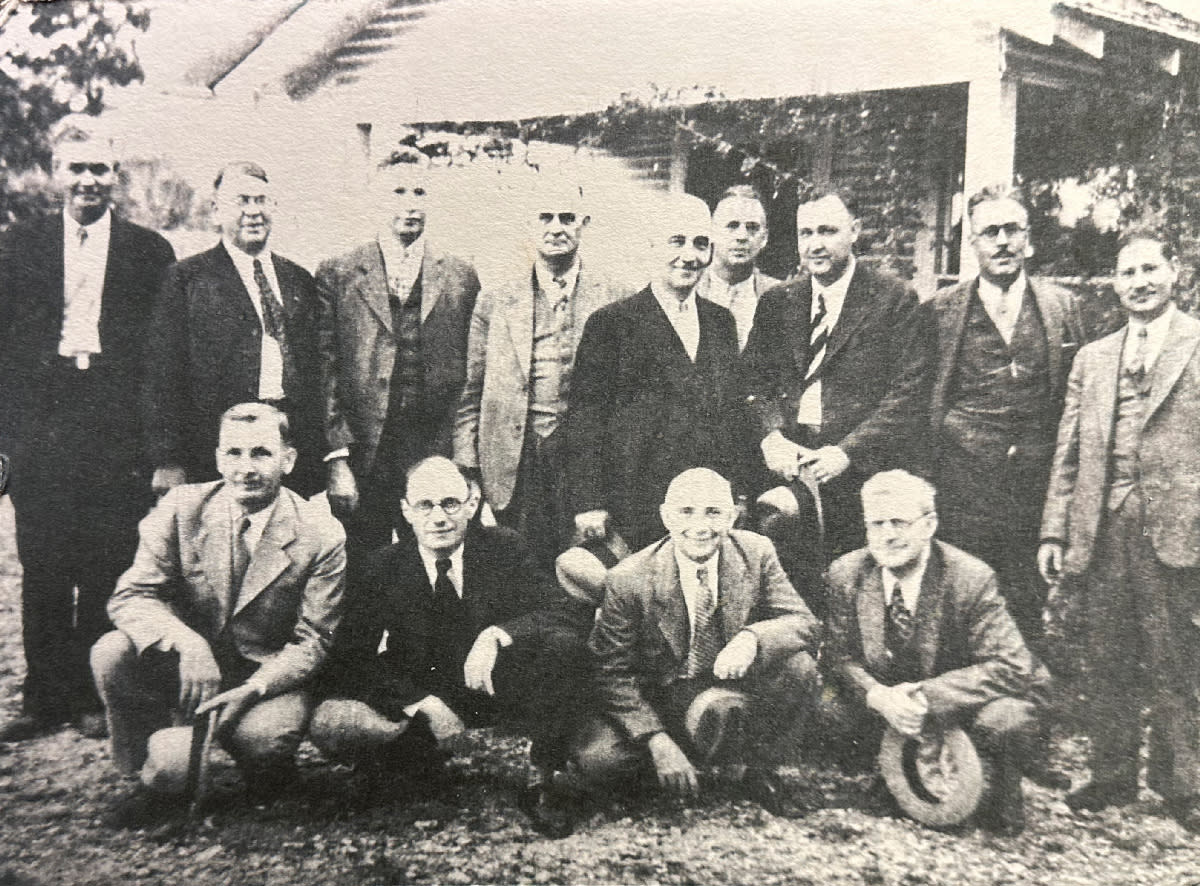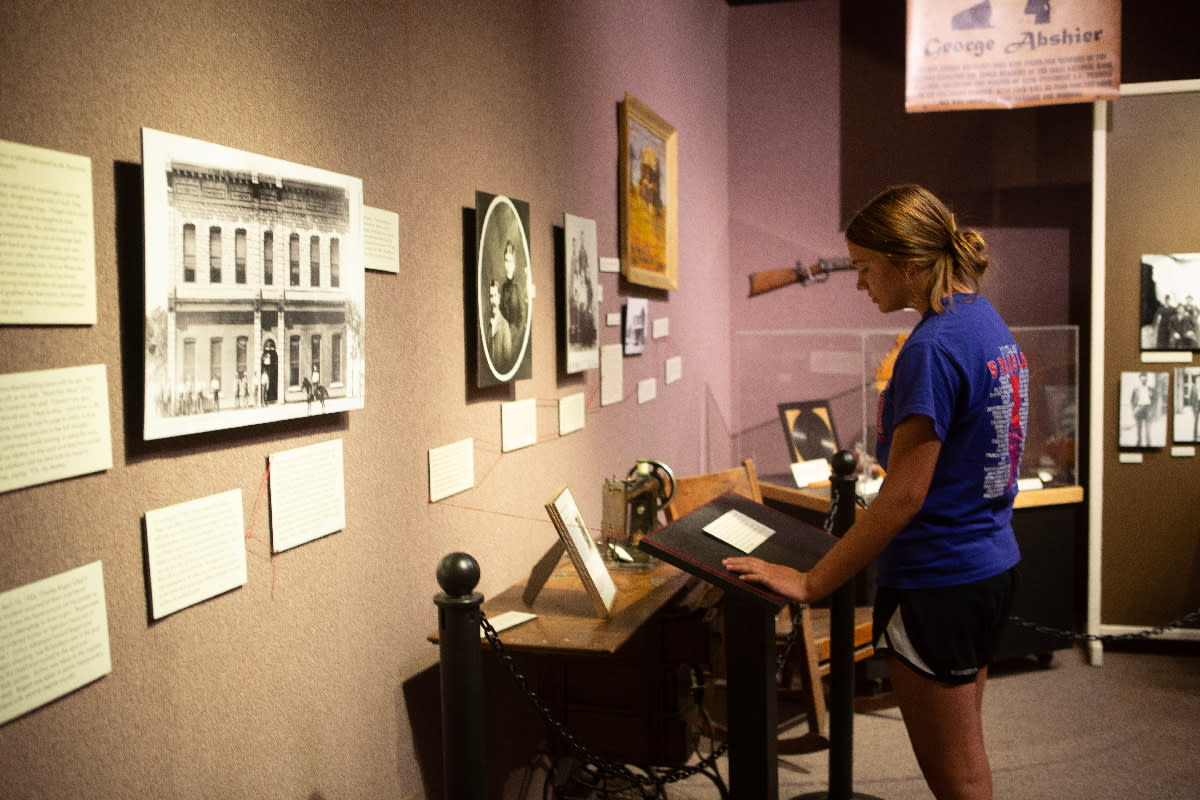
A popular true crime exhibit in Garden City presents artifacts and clues that helped solve historic cases
In 1928, Garden City police officer Roland S. Terwilliger found a partial right index fingerprint on the rear window of a car.
It just happened to be the same car involved in an abduction following a bank robbery gone wrong in Colorado, and Terwilliger just happened to be one of only two certified professional fingerprint experts in the state of Kansas at the time.
Receiving the evidence, the Federal Bureau of Investigation matched the fingerprint to local resident Jake Fleagle, the leader of a notorious gang of gunmen.
This crime-busting story is detailed at the “True Crime Exhibit: Solving Notorious Cases from Finney County’s History” inside Garden City’s Finney County Historical Museum. The installment contains artifacts and evidence showing how law enforcement officers solved two notorious crimes in the area: the Fleagle Gang’s Colorado bank robbery and subsequent murder of a doctor in Kansas, and the highly publicized Clutter family murders in 1959.
“Our exhibit focuses not so much on the lurid details of the crimes, but how southwest Kansas law enforcement personnel cooperated to solve the cases,” says museum director Steve Quakenbush.
The Fleagle Gang’s decade of robbery and murder terrorizing the western states in the 1920s may have inspired the exploits of more well-known gangsters Bonnie and Clyde, John Dillinger and Pretty Boy Floyd in the 1930s, according to Quakenbush.
“The demise of the Fleagle Gang occurred after they robbed the First National Bank in Lamar, Colorado,” Quakenbush says. After gunfire erupted during the robbery, the gang escaped the few hour’s drive back to Kansas and abducted a doctor to treat one of the member’s wounds. It was on the doctor’s abandoned 1928 Buick car window that Jake Fleagle left his fingerprint, linking him to the abduction and murder of the physician.

“Fingerprint evidence at the time was not unheard of, but it was still kind of cutting edge and pretty progressive,” Quakenbush explains.
The car window and eight firearms used in crimes committed by members of the Fleagle Gang are among the artifacts displayed in the exhibit, which also includes photographs of and personal items belonging to the gang.
However, the exhibit’s most notorious item might well be the boot, still tagged as evidence, that helped solve the Clutter family murders that occurred in 1959 near Holcomb. The crime was detailed in the 1967 movie In Cold Blood, based on Truman Capote’s 1966 nonfiction novel of the same name. Ex-convicts Perry Smith and Richard Hickock arrived at the Clutter farm in the middle of the night intending to steal money they believed to be stored in a safe inside the home; finding no safe and little cash, the two men murdered all four family members.
Crime scene photographs expertly taken by then-Garden City assistant police chief Rich Rohleder revealed a bloody boot print not visible to the naked eye.
“The boot had a couple of repair plugs, so it left a very distinctive print,” Quakenbush notes. “When Perry Smith and Richard Hickok were arrested sometime later in Las Vegas, Perry had those boots, and that tied the pair to the crime.”

The exhibit also contains other evidence, photographs, the safe in which the evidence was stored, the trial judge’s chair, and the judge’s robes.
“It really just tells the story of how the cases were solved,” Quakenbush says.
The True Crime exhibit was originally intended to be a temporary display, but museum officials say they are leaving it up indefinitely because of its popularity.




